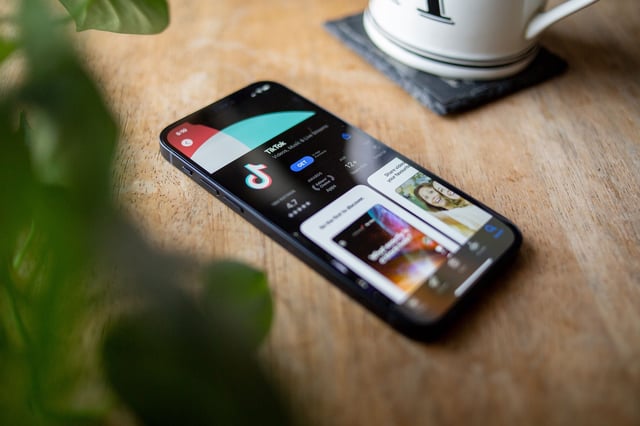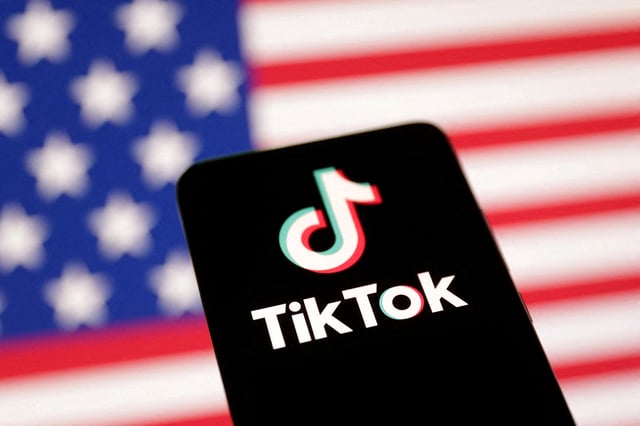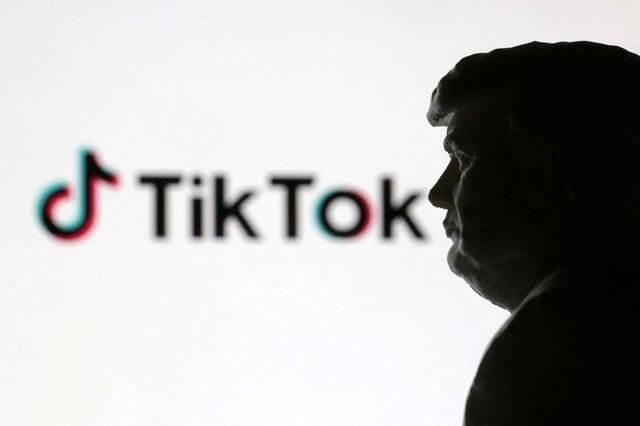Overview
- TikTok employees have been duplicating the global codebase—including AI models, recommendation algorithms and U.S. user data—to build the M2 U.S.-specific app
- The new app must launch by the September 17 divestiture deadline mandated by the 2024 sale-or-ban law following three presidential deadline extensions
- Any post-sale U.S. TikTok will be barred from sharing its algorithm or user data with ByteDance to satisfy legal requirements for operational independence
- Switching to a separate algorithm and data silo could alter how 170 million American users see content and interact with creators abroad
- Approval from Chinese authorities remains uncertain because export controls restrict the transfer of TikTok’s recommendation algorithm



